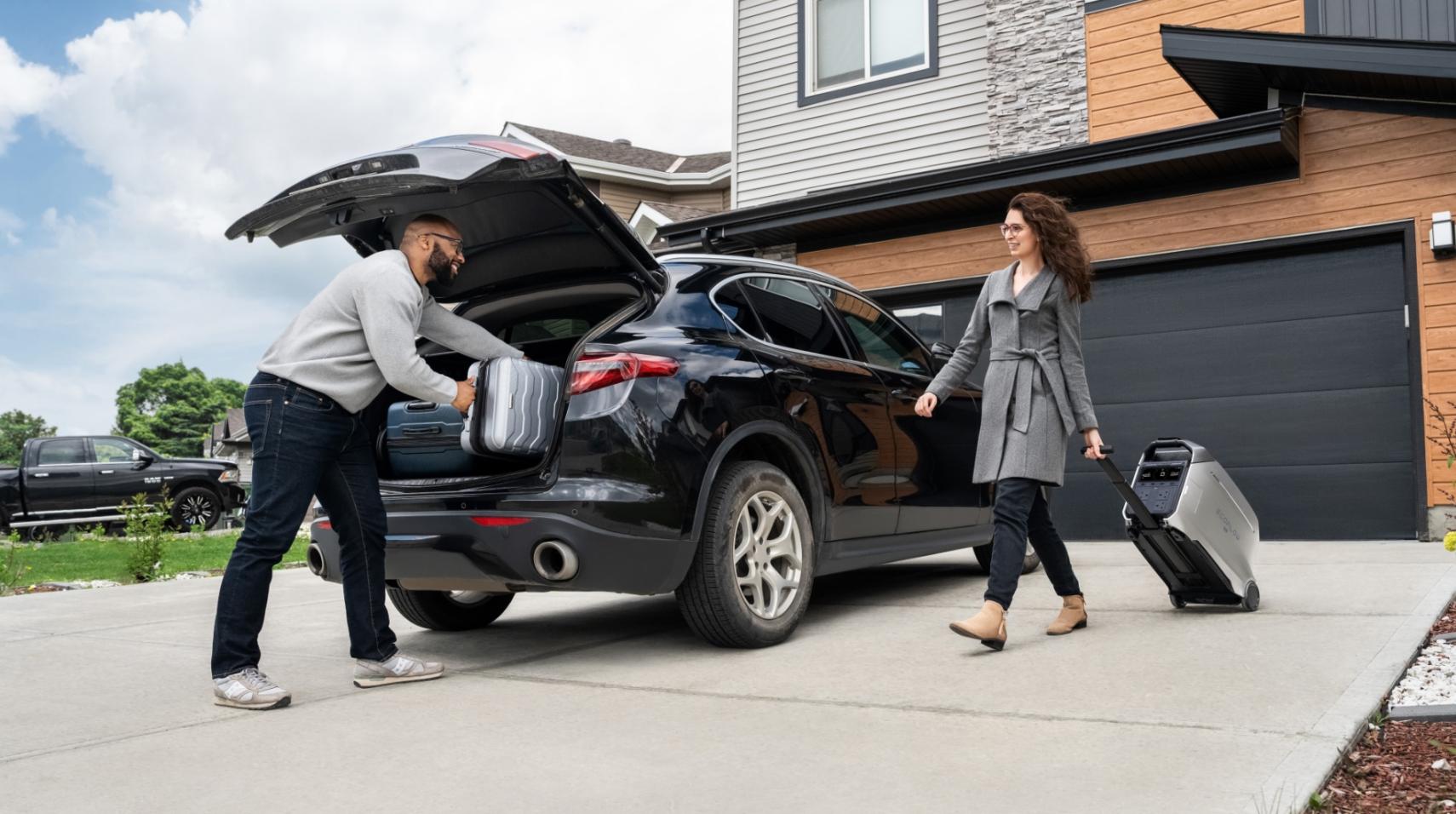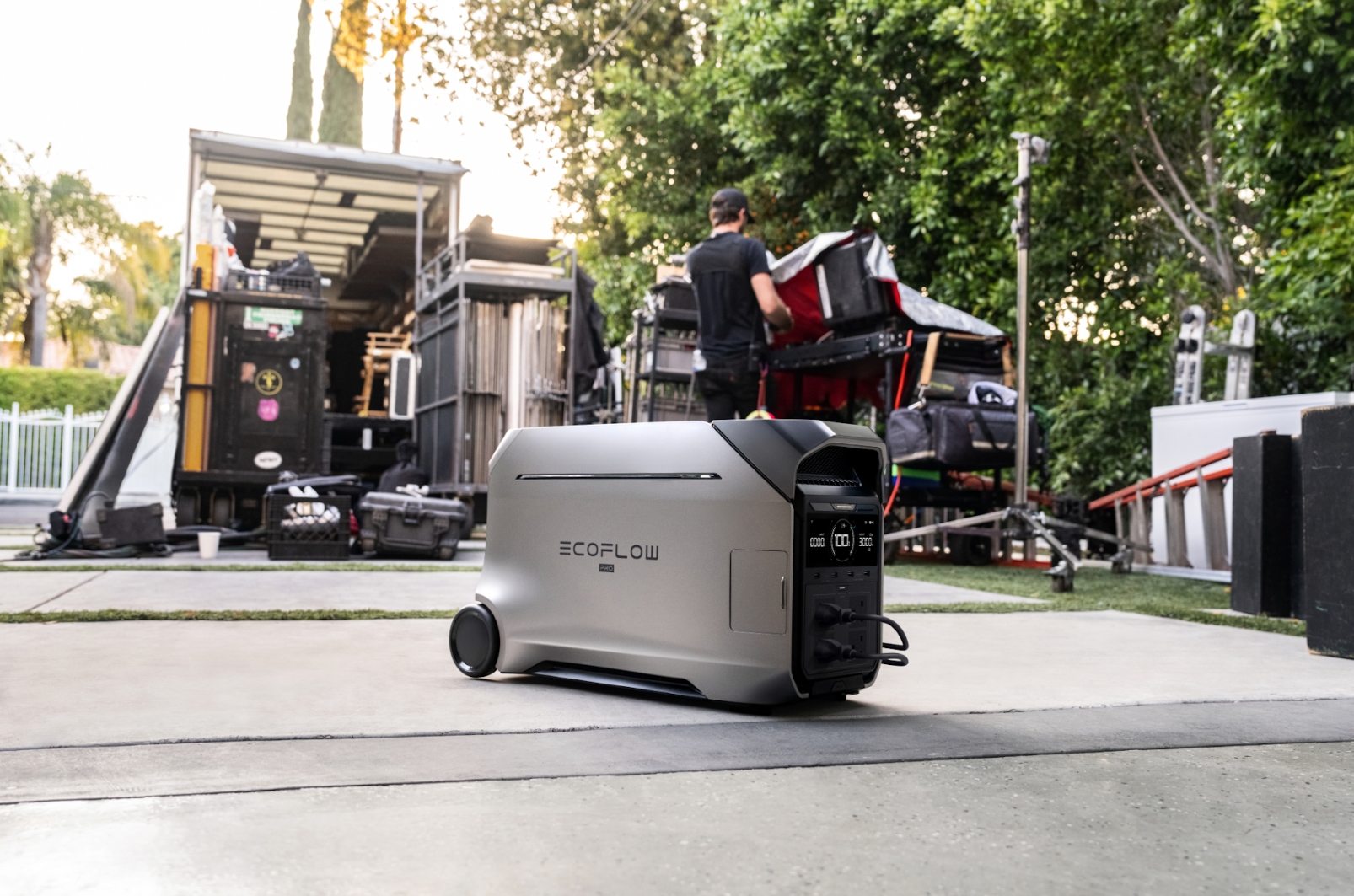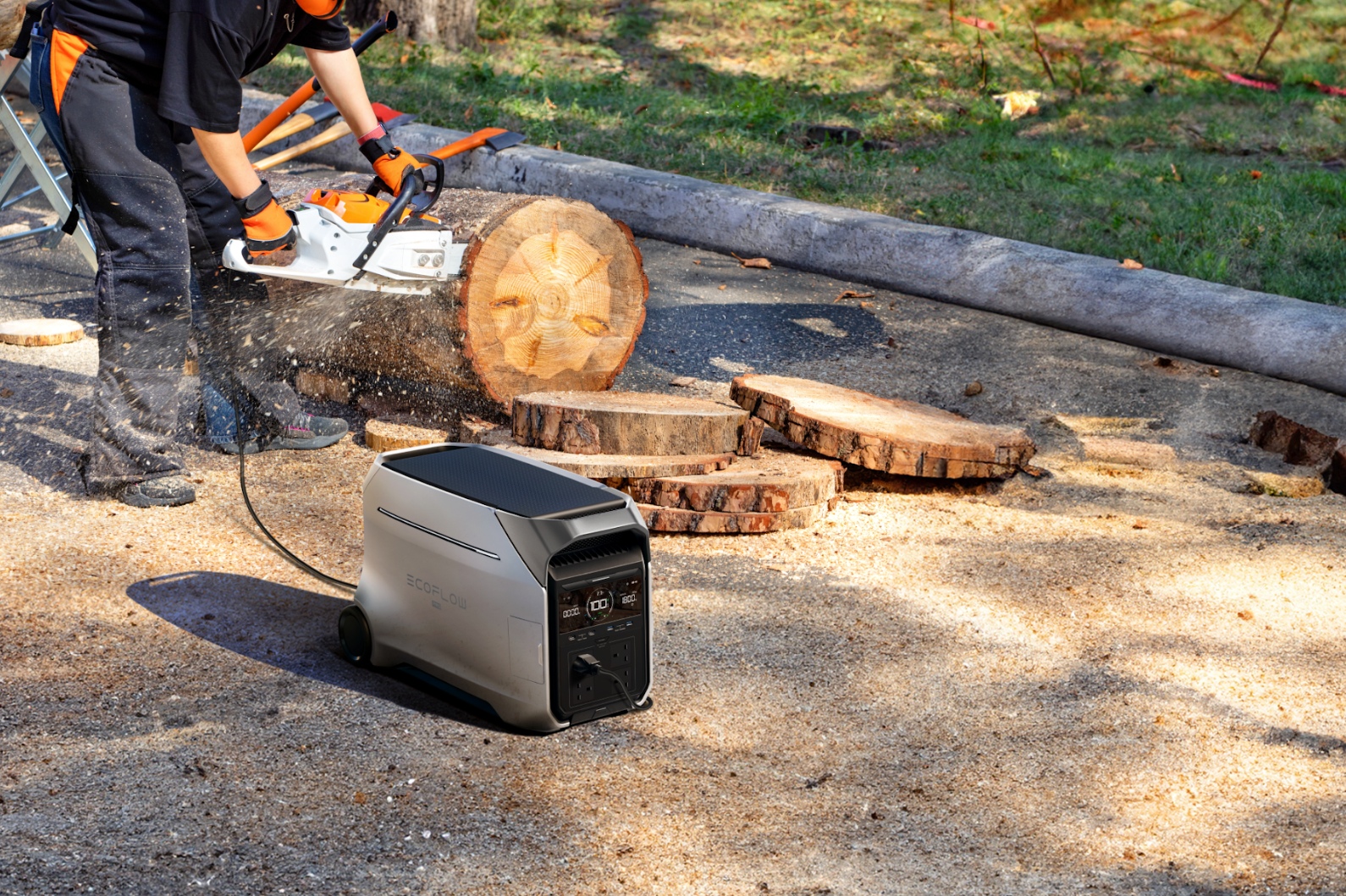Backup Power for Small Studios: How to Stay Productive During Outages
- The True Cost of a Power Outage in a Creative Space
- Calculate Your Studio's Power Needs
- Comparing Your Backup Power Options
- The Ideal Solution: Why Portable Power Stations Win for Studios
- 5 Key Features to Look for in a Studio Power Station
- Setting Up for Success: Integrating Backup Power into Your Workflow
- Conclusion about Backup Power for Small Studios
A studio doesn't just mean workspace to creative individuals and small business owners - it means where you get work done. But if the electricity goes out, that work does not get done anymore. You lose unsaved work, looming deadlines with clients, and lost progress immediately. This guide will demonstrate the critical steps necessary to safeguard work and business and will outline the necessary steps to select and utilize the appropriate backup power solution to continue running the small studio when the electricity goes out.
The True Cost of a Power Outage in a Creative Space
A quick loss of electricity is a large issue if you have a small studio. It is a threat to your job. The number one risk is the loss of hours of work that you have not backed up. This is a terrible thing to have happen to any artist, editor, or producer. A single loss of electricity can be like having to start a difficult project anew.
Also, it can damage what clients think of you. Missing a deadline because of a power outage can make clients trust you less. It can also lead to losing future jobs. Every hour without power is an hour of work you can't get paid for. This directly hurts your pay. This makes a simple power outage a big money and work problem.


Calculate Your Studio's Power Needs
Before you choose a solution, you need to know what you need to power. This is about two things: Watts (W) and Watt-hours (Wh). Watts measure how much power a device needs to run. Watt-hours measure the total energy used over time.
To figure out your needs, make a list of your most important tools. This could be:
Your computer (desktop or laptop)
One or two monitors
External hard drives
A key light or desk lamp
Your internet router and modem
Look at the label on each device to find its watts. Add them all up to get your total power use (in Watts). Then, guess how many hours you need to run everything during a normal power outage. Multiply your total watts by the number of hours to find the power you need in Watt-hours.
Comparing Your Backup Power Options
After establishing your requirements for power, then you can consider the various forms of backup systems. These have their advantages and disadvantages with regard to a studio.
Uninterruptible Power Supply (UPS)
A UPS is a small battery unit that provides an instant source of power if the main supply is lost. It is primarily employed to provide you with just sufficient time—typically 5 to 15 minutes—to get back to work and safely shut down the computer. A UPS does an excellent job of preventing data loss, but it is not a solution for work if the power is down for long power outage.
Traditional Gas Generators
Gas generators offer a lot of power and can be utilized for a very long time if one has fuel available. But they are awful in a small studio. You can't do sound work, and it isn't good to call the clients either, due to the fact that they are extremely loud. And they also offer deadly carbon monoxide gas. You have to utilize them away from the doors and the windows, so they aren't of much convenience and are dangerous on an inside working area.


Portable Power Stations
The portable power stations are essentially large, good batteries with built-in outlets. They have been called solar generators at times. These contain storage of energy drawn either from a wall outlet or solar panels and provide clean, continuous power when required. These do not make any noise, do not produce any fumes, and can be used safely indoors. These have become a very popular option for a good battery backup of power outage in houses and studios.
The Ideal Solution: Why Portable Power Stations Win for Studios
For a small studio, the pros of a portable power station are ideal for a creative individual. The largest pro is that they run silently. You can continue to work on audio, be on video calls, or simply work without the background noise of a generator.
They also don't produce smoke, so the unit can be kept directly inside the studio, where it is handy. There is no strenuous installation and no risky fuel storage. You just plug the essential devices directly into the power station. There is a lot that they can accomplish, which is also a point of advantage. With lots of types of outlets, you can use the entire workstation simultaneously. For a hassle-free solution, the EcoFlow DELTA Pro can power the entire studio, so the work never has to come to a stop.
5 Key Features to Look for in a Studio Power Station
In selecting a portable power station, some of these become quite crucial to ensure that it can accommodate the requirements of your studio.
Capacity (Wh): This indicates how long you will be able to operate your tools. Reference your old numbers and select a unit that has more time available for extended outages.
Power Output (W): The power output has to be greater than the combined watts of all the apparatus that will be powered simultaneously. Consider products with high "peak" rating to accommodate the initial surge of power some apparatus will require.
Outlet Choice: Be sure the unit has the appropriate type and number of outlets. You can have both standard AC outlets and quick USB-C outlets that can be used by laptops and newest electronics.
Recharging Speed: A power station is of no use unless it is charged. See how fast it can be charged from a wall outlet. Having the ability to be charged by solar panels is a plus if the outages will be long.
Pure Sine Wave Inverter: A studio requires one of these. A pure sine wave inverter provides clean electricity that is the same as wall electricity. It is very important to protect devices that can be easily destroyed, like computers and monitors.


Setting Up for Success: Integrating Backup Power into Your Workflow
Having a secondary power supply is step one. Using it right is step two. Keep your power station plugged in and fully charged so it is always on tap. Every four weeks, test it. Unplug the power station from the wall and run your critical studio equipment off it for 15-20 minutes. That shows that everything is working just fine.
Get your space together so that all of your main devices will be plugged into one convenient power strip. Should the electricity be knocked out, it will be as easy as grabbing one plug down from the wall and bringing it to the station of power. You've made the big problem a little one.
Conclusion about Backup Power for Small Studios
For a small studio, a power outage is a large inconvenience to your work, your deadlines, and your pay. By purchasing the appropriate backup power system, you're not simply purchasing a product. You're safeguarding your work and providing yourself peace of mind. A silent, secure, and sturdy portable power station is the ideal option for creative individuals who have to keep working. Safeguard your work and remain productive.